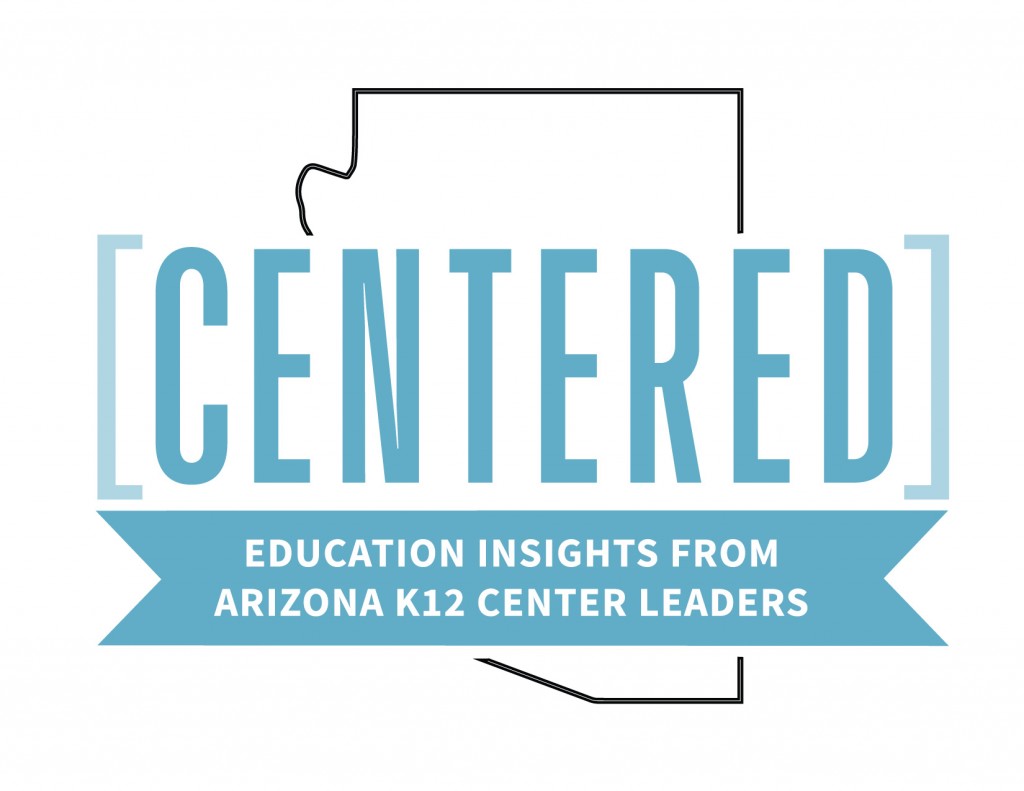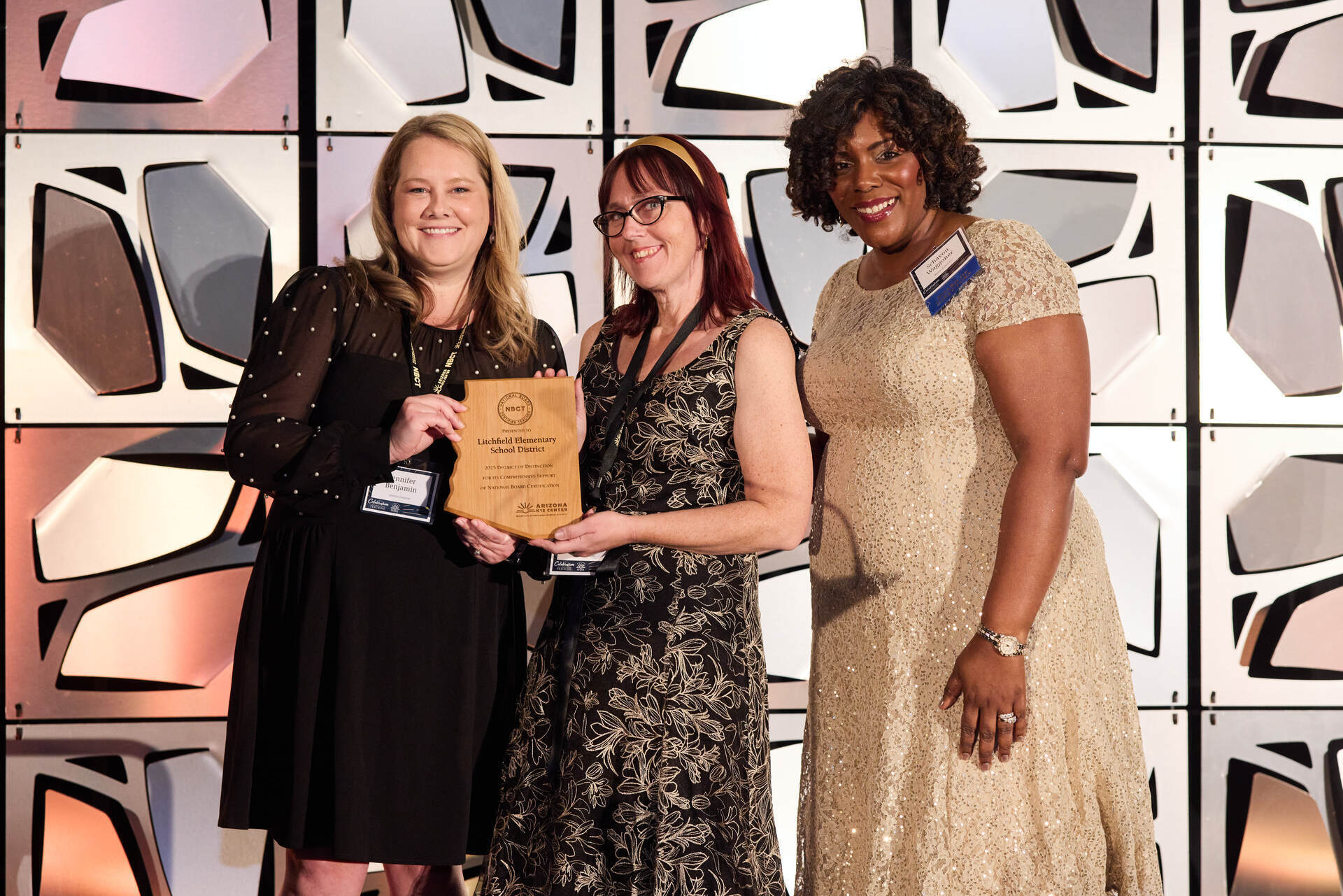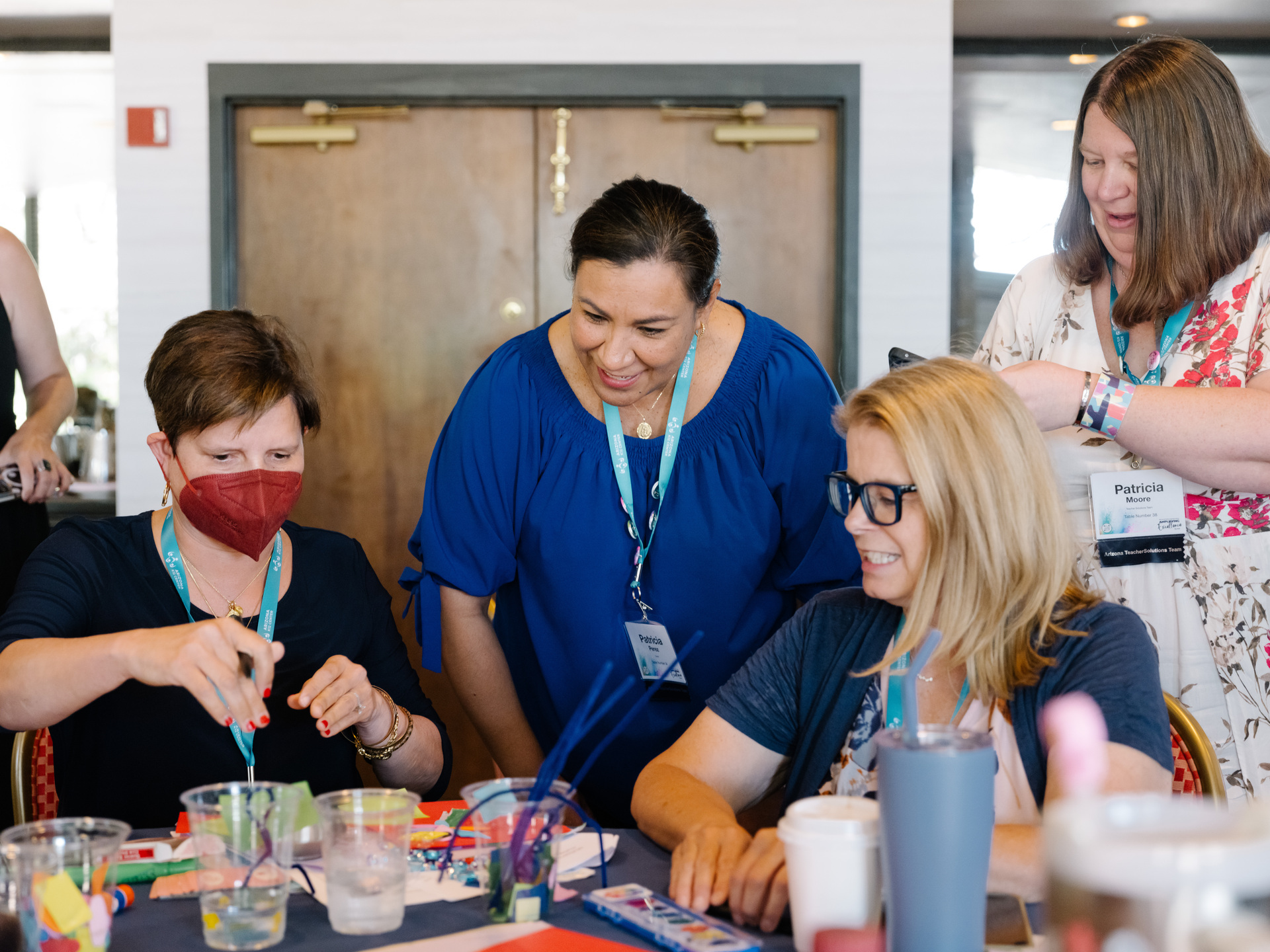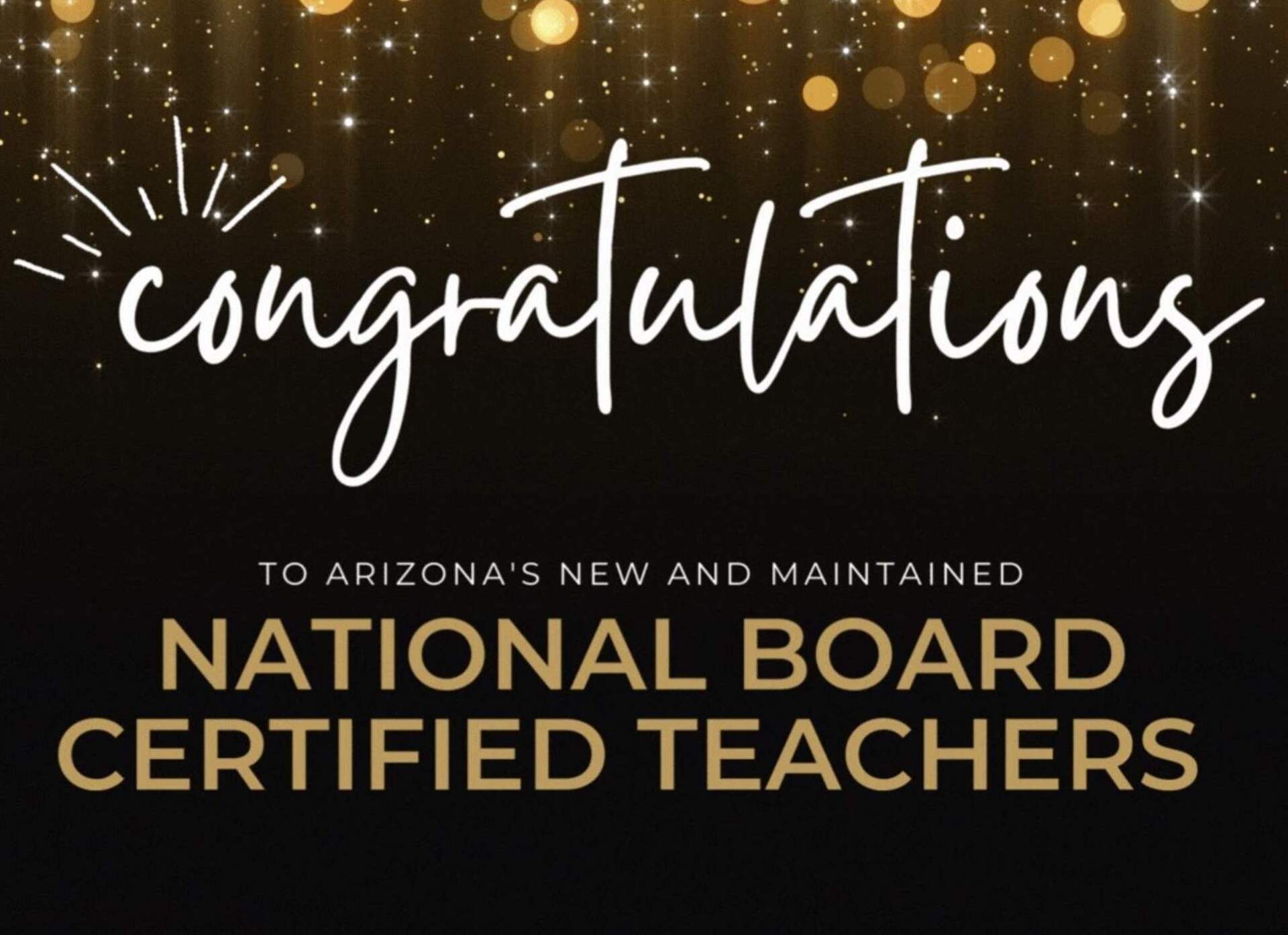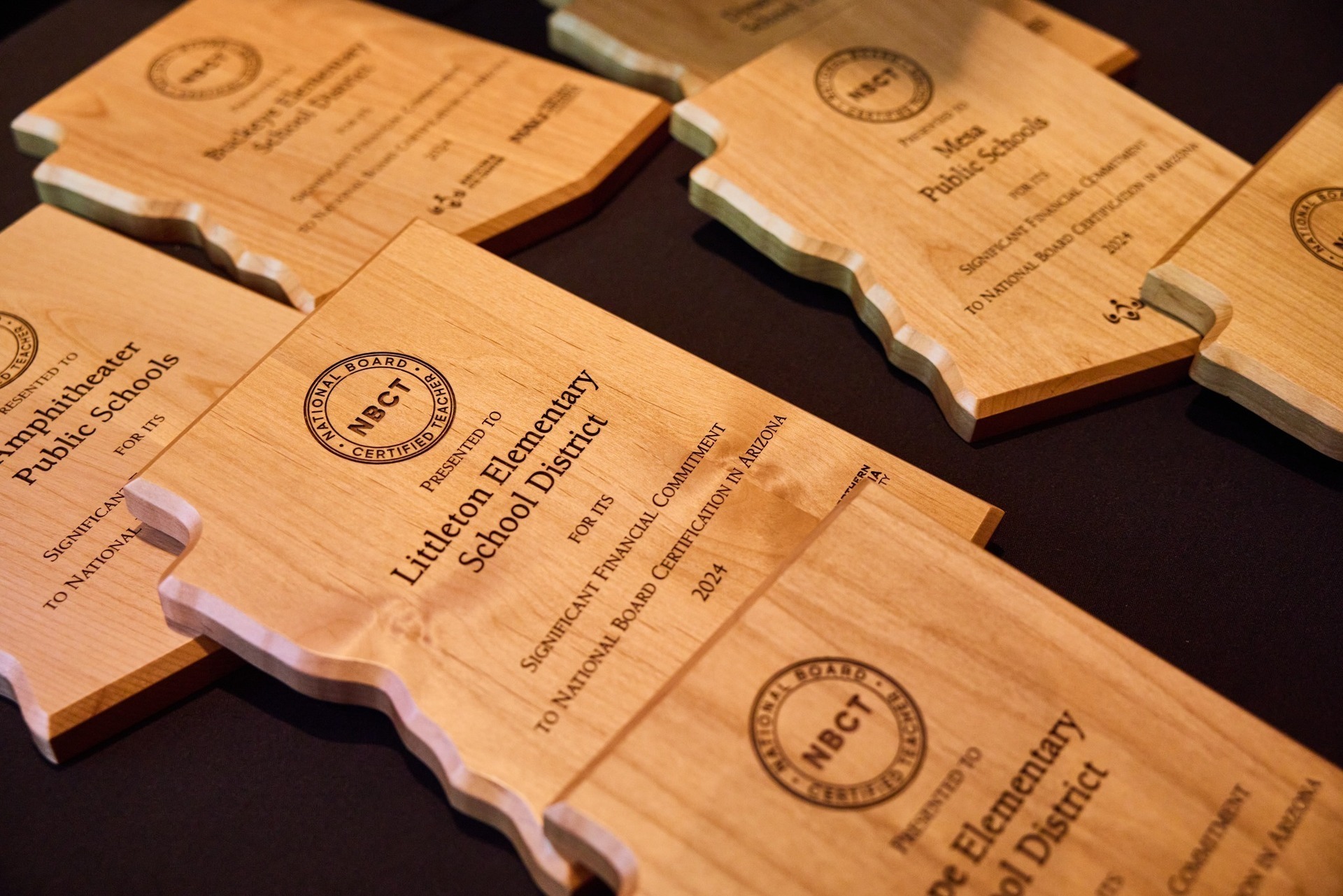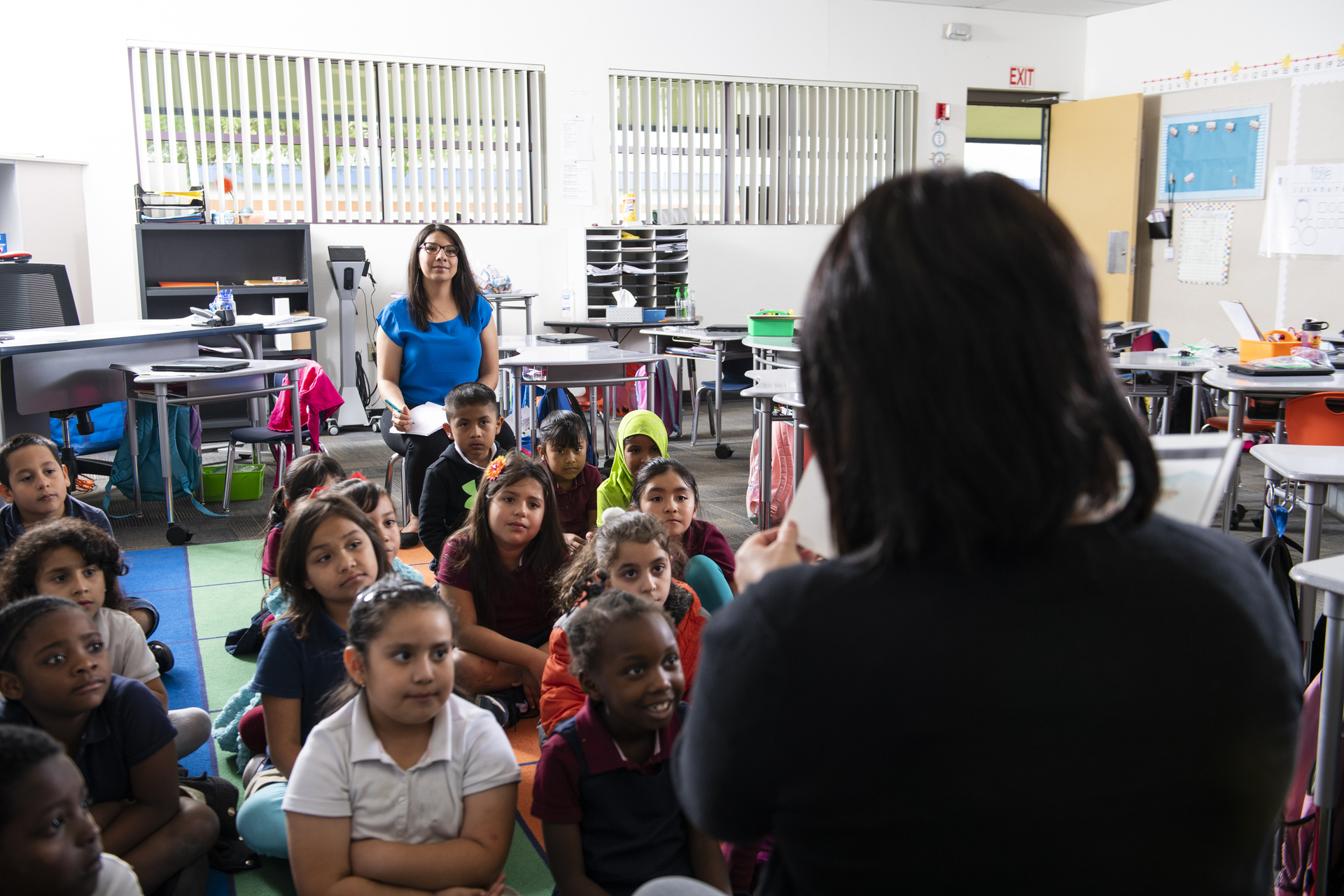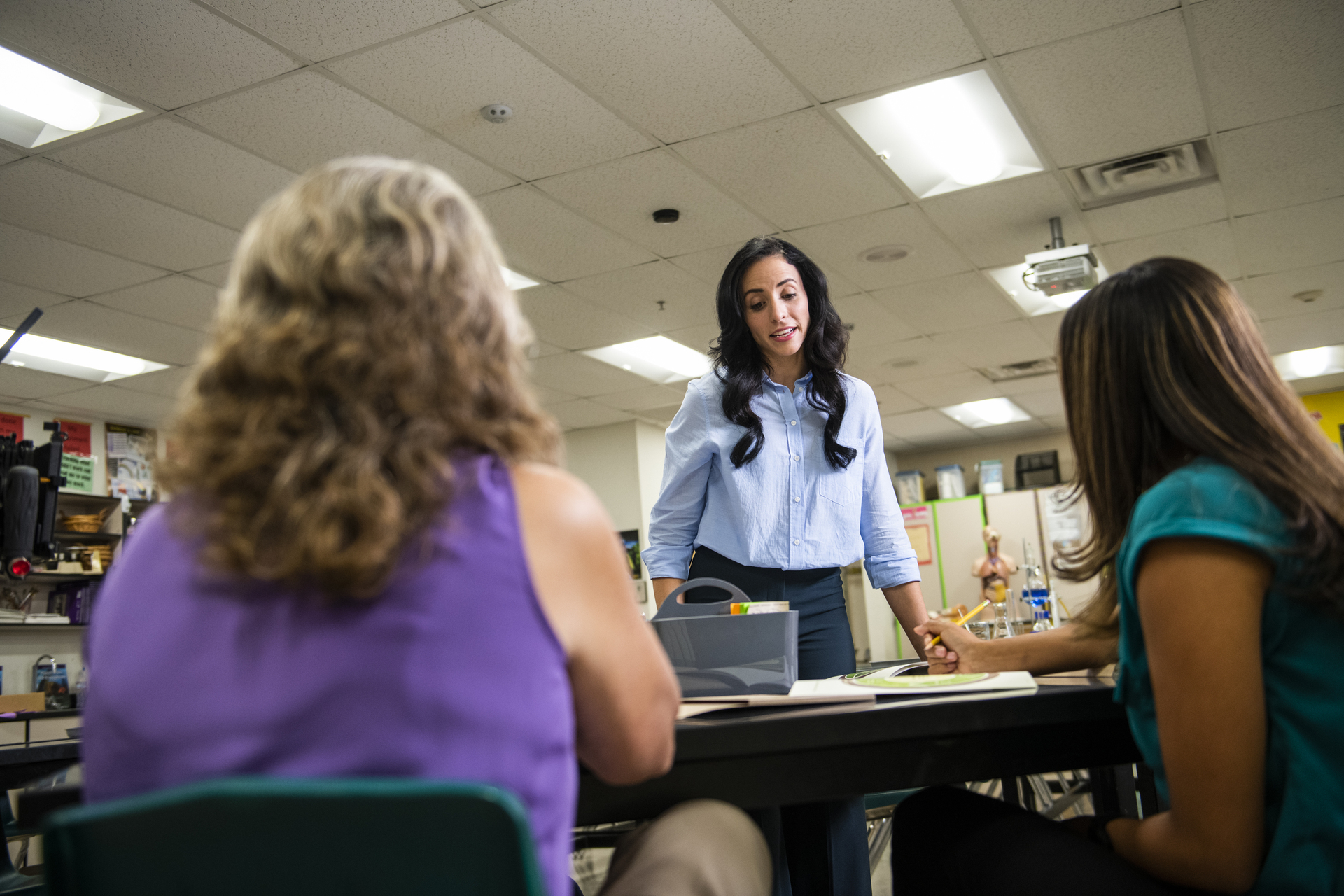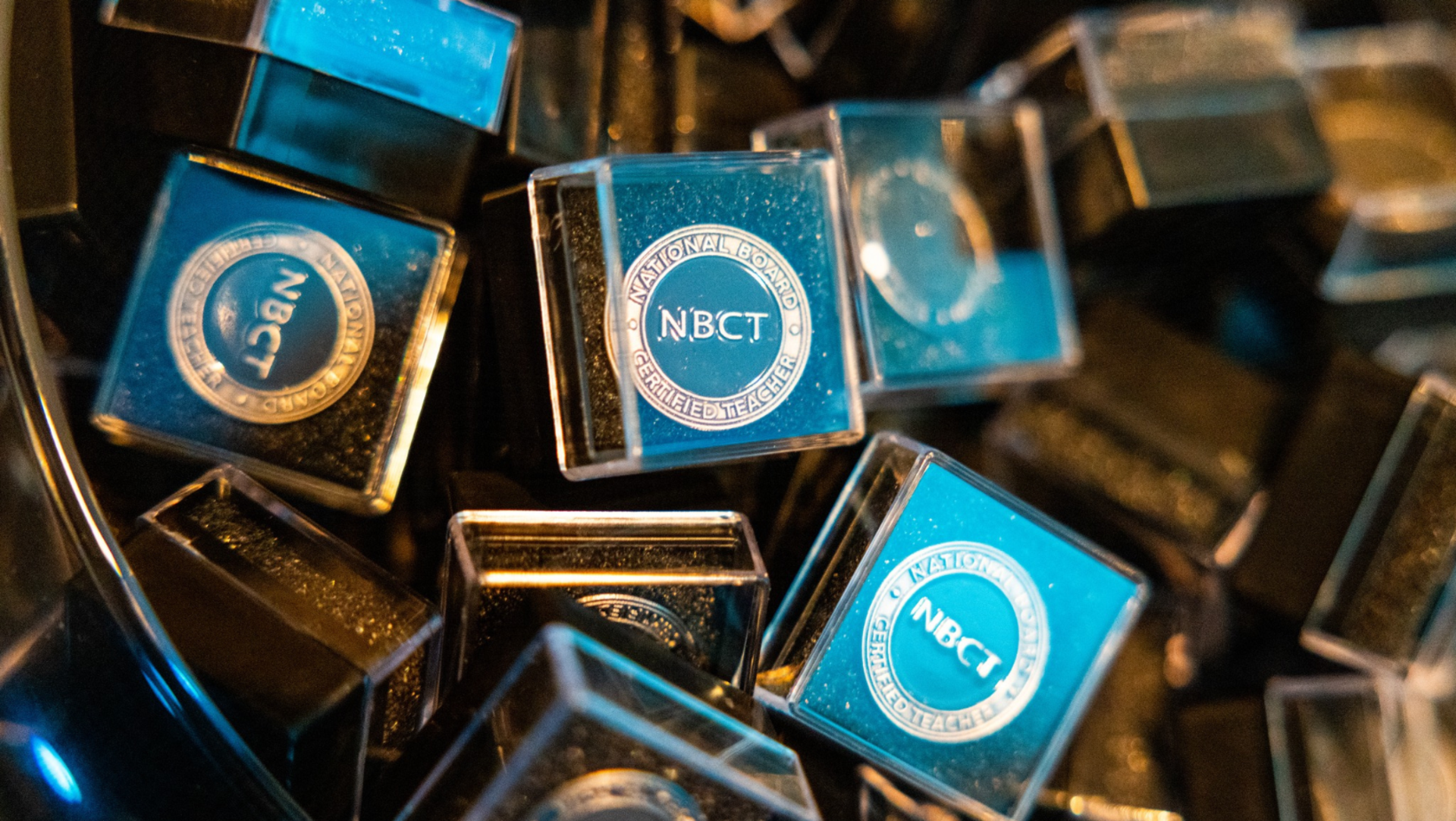May 8, 2017
National Teacher Day 2017
Centered: The Arizona K12 Center’s Executive Director, Dr. Kathy Wiebke, offers her education insights in this monthly column.
I remember my first teaching job. It was a cross-categorical, special education classroom. I minored in special education never thinking I would be teaching it. Yet, there I was, working with 15 kids with a myriad of challenges. I am not sure of my effectiveness that year, but I will say that I remember those kids to this day.
They taught me that my words matter, that every kid needs a champion in their corner, and the importance of listening. My own working conditions were less than ideal. There were five special education teachers, five paraprofessionals, and who knows how many kids. All of us were housed in one oversized room with moveable chalkboards, filing cabinets, and tables, which were to create defined learning spaces for each teacher. There was one swamp cooler and a metal cabinet.
My induction program was the veteran teacher showing me the controls for the swamp cooler and getting a key to the metal cabinet that contained the supplies. She opened the cabinet and said, “Don’t waste this because when it is gone, it is gone. This is it for the year.” I then learned there was the expectation that you were going to use your own money to go to the local teaching store to dress the space. Although I grimaced about the supply cabinet, for some reason, I was OK with having to use my own money to outfit the room.
While my position was eliminated that first year, the district kept me on, promising me and the other 200-plus surplus teachers we would all have a job the following year. True to their word, I was teaching third grade at a school on the east side the following year. I quickly learned it was better to be in the part of the district that was growing and actively worked to make sure that was my reality.
As the years passed, I fell into the routines of a teacher. I treasured my job because no two days were alike. I adored my profession because I liked watching kids “get it.” I valued my position because I could be creative. I loved teaching because of the inquisitive nature of kids. I was far from perfect, but each morning I returned promising to make that day better than the one that preceded it.
I left the district in 2003 to work at the Arizona Department of Education. Later, I became the Executive Director at the Arizona K12 Center. When someone asks me what I do, I find myself wanting to say “I’m a teacher,” but, in reality, that is no longer who I am. I find it a bit disingenuous to call myself a teacher because I haven’t been in a classroom for years. More importantly, when I am ill I don’t have to make sure there are sub plans, I can use the bathroom when I want, my lunch isn’t crammed into a 20-minute block, and I am not responsible for the learning and well-being of 30-plus children. The closest I am to a teacher is a teacher leader. Yet even that title is a bit heady. So, today I settle on being an individual who supports teachers.
I used to work for a superintendent who often said, “The most important work of this district is what happens in the 900 square feet we call a classroom. If we are not lucky enough to do that important work, our job is to support that important work.” These are words that guide me today, and this is what I have been doing since 2003.
Since then, I have visited countless schools and teachers throughout Arizona. I have been to some of the most rural communities and to some of our most urban. Each visit has taught me something. Over the years, I have met some remarkable teachers who have inspired me. Today, I share a few of their stories.
Molly
When Molly pulled carrots from her garden and brought them to school, her kids had no idea what they were. They thought carrots came in plastic bags. Molly set out to create a school garden and chicken coop so her students could better understand where their food truly came from. Today, the use of the garden, coop, and pizza oven at Borton Magnet School in the Tucson Unified School District are integrated throughout the curriculum.
Manuel
When they closed the mines, Manuel went back to school to become a teacher. He became an award-winning educator in the Mammoth-San Manuel Unified School District. Recently, he became part of a team to open a STEM school in the small, rural community.
Benny
As a young teen, Benny discovered he could follow one of two paths: gangs or education. He chose education and became the first child in his family to graduate from college. Affirmations and a can-do spirit permeate Benny’s classroom. When his students said things were “too hard” and that he didn’t “get it,” referring to their personal struggles, he replied, “I do get it.” He leads by example.
Josh
Josh’s physical education class is filled with refugees from all parts of the globe. In fact, his gym that day looked a bit like the United Nations. The kids were running and smiling. He explained what he wanted and the kids quickly followed suit. What wasn’t in the instruction, but readily on display, was the encouraging words and patience the students shared with one another. This learning environment was cultivated by a remarkable teacher.
Daniela
Watching Daniela teach a small group of struggling readers was like watching a symphony conductor. When a child struggles with the word “the,” it’s an indicator there will be many challenges ahead. Her tool chest was full and she moved seamlessly from one student to the next. When something didn’t work, she moved onto another strategy, never giving up.
Angela
Angela is the first child in her family to graduate from high school, and today she is a high school English teacher. I am mesmerized by the quality of discussion around the assigned reading and the engagement of the students in her class.
These are just a few of the thousands of teachers in Arizona. They are dream builders, cheerleaders, and leaders. They provide possibilities and opportunities. They are up before the sun rises and often leave hours after the last student. Their kitchen tables are filled with papers to grade. Their grocery bills include Kleenex, markers, and snacks. They attend concerts, recitals, and Saturday games. They are highly trained individuals who do very complex work. They are our teachers and, today, it is my greatest honor to salute them.
